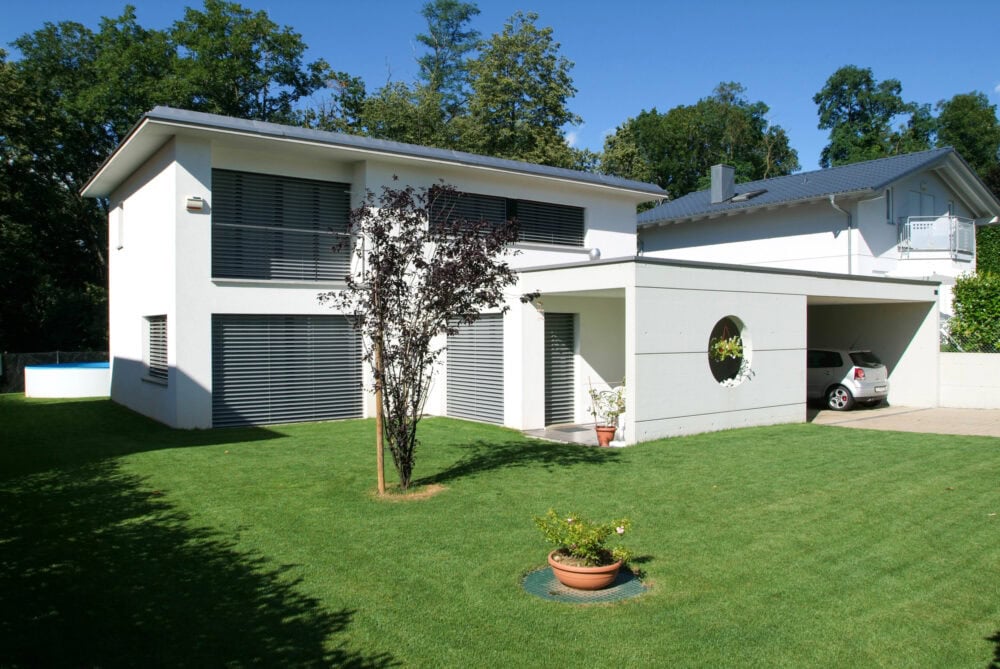"Needle of Liestal": Architect plans residential tower
Architect Bernhard Bossard is planning a 182-meter-high residential tower in Liestal. It will house 114 apartments on 60 floors. The architect is currently looking for investors for the project.

Architect Bernhard Bossard wants to build a new landmark near Liestal's train station. According to a report by the Basellandschaftliche Zeitung Bosshard is planning a 182-meter-high residential tower with a diameter of just 17 meters. The "Needle of Liestal" would thus be the second tallest building in Switzerland after the 205-meter-high Bau 2 in Basel, which the Roche pharmaceutical group plans to erect. Bossard's tower is to be energy self-sufficient and equipped, among other things, with a thermal facade that absorbs solar radiation.
In Liestal, there are already plans for a new train station, a 25-meter annex, a 57-meter high-rise and a new post office building. This is all "too horizontal" in a similar architectural language, Bossard tells the newspaper. He was therefore looking for the "positive, vertical shock."
The high-rise is to be built on a 1,600-square-meter plot of land at Oristalstrasse 12, which is owned by a stock corporation backed by two Bossard brothers. The architect estimates the construction costs for the residential tower at CHF 55 million. However, it is uncertain whether the plans can be turned into reality. Bosshard is currently looking for an investor who will initially cover the further planning costs of CHF 300,000 to 400,000. A zoning change would also be necessary, which would probably also have to be voted on by the electorate.
The cantonal planner of Basel-Landschaft, Martin Kolb, expressed in the Basellandschaftliche Zeitung already had some reservations: A tower 182 meters high would not only shape the immediate surroundings in terms of urban development. Like the Roche Tower in Basel, the "Needle of Liestal" would be visible from almost everywhere in the region. Thus, these high-rise buildings would have a supra-municipal significance and would have to meet higher standards in terms of adaptation to the landscape. (ah)









